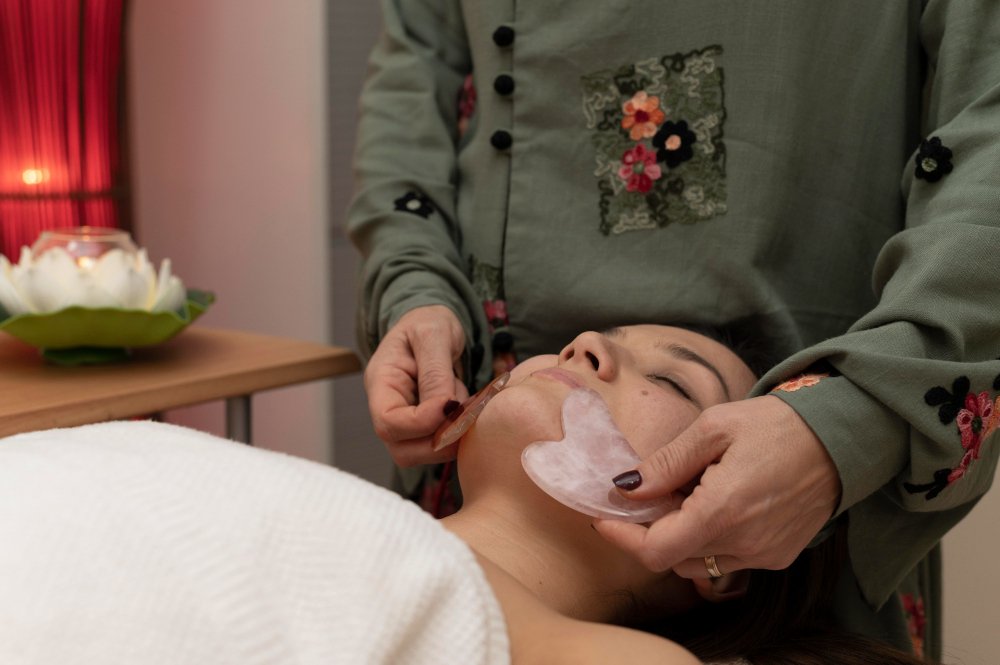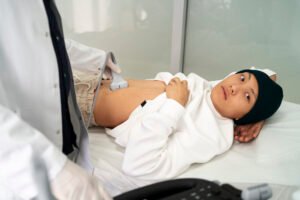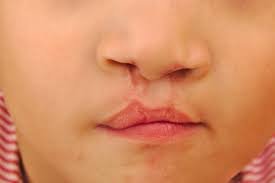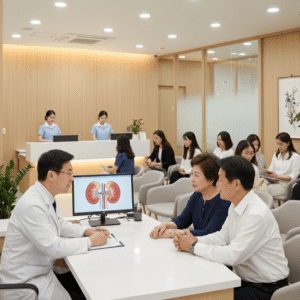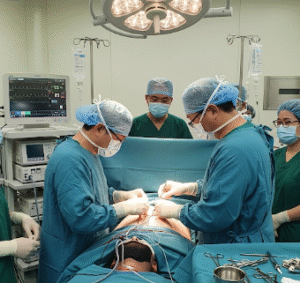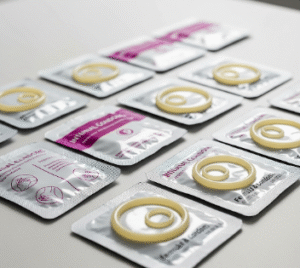Overview
Facial injuries include trauma to the bones, skin, muscles, or soft tissues of the face. These injuries may result from accidents, sports, falls, assaults, or workplace hazards. They can range from minor cuts and bruises to severe fractures involving the jaw, nose, or orbital bones. In Korea, facial injuries are treated with advanced plastic and reconstructive surgery techniques, ensuring not only functional recovery but also cosmetic restoration. Hospitals in Korea are globally recognized for their expertise in maxillofacial surgery, emergency trauma care, and aesthetic reconstruction.
What is a Facial Injury?
A facial injury refers to any physical trauma that affects the face, including:
- Soft tissue injuries (cuts, bruises, burns)
- Bone fractures (nose, cheekbone, jaw, orbital bones)
- Dental injuries (broken teeth, jaw dislocation)
- Nerve damage affecting movement or sensation
In Korea, treatment is highly specialized, combining emergency medicine, oral and maxillofacial surgery, ENT (ear, nose, throat) care, and plastic surgery to ensure both health and appearance are restored.
Symptoms
- Pain and swelling
- Bruising or bleeding
- Deformity or asymmetry of the face
- Difficulty chewing, speaking, or breathing
- Numbness (suggesting nerve involvement)
- Blurred vision or double vision if orbital bones are affected
- Loose or broken teeth
Causes
- Road traffic accidents
- Sports injuries (e.g., martial arts, football, cycling)
- Falls (common in elderly and children)
- Workplace or industrial accidents
- Assault or violence
- Surgical complications (rare)
Risk Factors
- Engaging in contact sports without protective gear
- Occupations involving machinery or construction
- Motorcycling or cycling without helmets
- History of osteoporosis or bone fragility (in elderly)
- Children prone to accidental falls
Complications
If not treated properly, facial injuries may lead to:
- Permanent disfigurement
- Chronic pain
- Impaired vision, chewing, or speech
- Infection of wounds or fractures
- Facial nerve damage
- Psychological impact due to cosmetic deformities
Prevention
- Use of helmets and protective gear during sports or motorcycling
- Workplace safety protocols in industries
- Installing fall-prevention measures at home (for elderly and children)
- Seatbelt use to reduce injury risk during car accidents
- Early treatment of osteoporosis to reduce fracture risk
Treatment Options in Korea
Diagnosis
- Physical examination and trauma assessment
- CT scan, X-ray, or MRI to check for fractures
- Dental and jaw evaluation if teeth or jaw are affected
- Ophthalmologic exam for orbital injuries
Medical Treatments
- Pain management with analgesics
- Antibiotics if wounds are at risk of infection
- Stitches or wound closure for lacerations
- Tetanus shots if open wounds are present
Surgical or Advanced Therapies
- Fracture fixation with plates, screws, or wires
- Plastic and reconstructive surgery for cosmetic and functional repair
- Jaw surgery (orthognathic or maxillofacial) for alignment and chewing restoration
- Orbital reconstruction for vision preservation
- Dental implants or restorations for tooth injuries
Rehabilitation and Support
- Physical therapy for jaw movement recovery
- Speech therapy if injury affects speech
- Psychological support to cope with trauma or appearance changes
- Scar management using laser treatments available in Korean cosmetic centers

